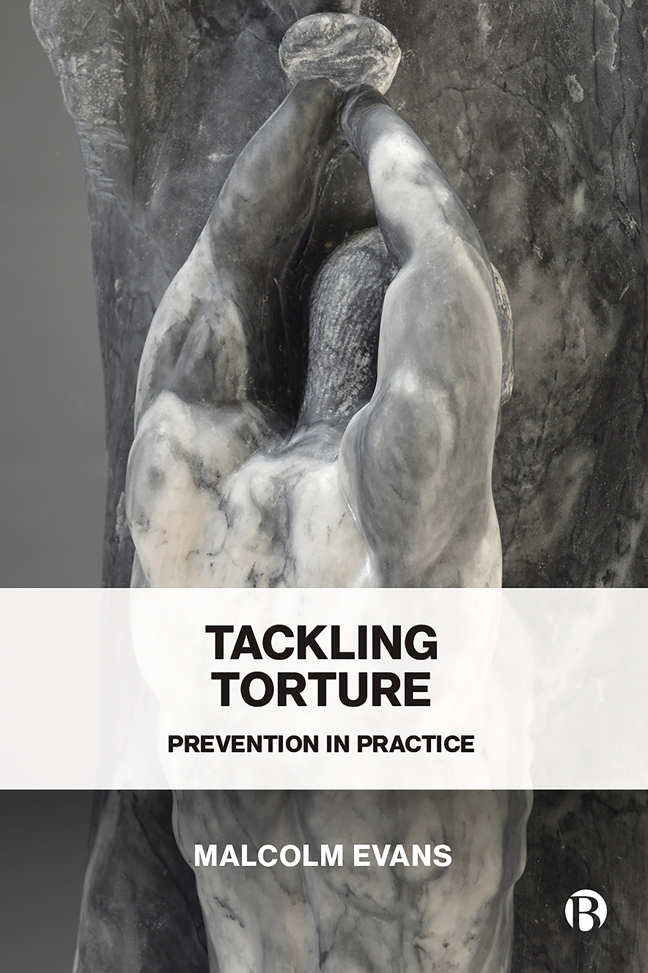2 - Why Prevention?
Published online by Cambridge University Press: 24 January 2024
Summary
Introduction
In the seminal case of Selmouni v France, the European Court of Human Rights established that Mr Selmouni had been
repeatedly punched, kicked, and hit with objects … forced to kneel down in front of a young woman to whom an officer had said “Look, you’re going to hear somebody sing”; having a police officer show him his penis, saying “Here, suck this”, before urinating over him; being threatened with a blowlamp and then with a syringe; etc
This was done to induce him to confess to a crime. Is this torture? The purpose was clear enough. But was what was done to him sufficiently ‘severe’ even to be ‘inhuman’, let alone being sufficiently ‘more severe’ to be capable of being torture? Indeed, might it ‘only’ have been ‘degrading’? Or was it none of the above? Some things are just not serious enough. Not every incidence of pain or suffering, not every use of unlawful violence or every degrading act can be absolutely prohibited in this way. How does one tell which is which?
Following the Selmouni case, it was as if the floodgates finally were opened and a torrent of findings of torture by the European Court have followed. A common theme in virtually all these cases is the need to demonstrate that the treatment which has been inflicted on the victim is sufficiently grave to carry with it the ‘special stigma’ that torture signifies. While in some of the cases already considered it may seem self-evident that torture has taken place – and there are many others – this may not be true in all cases, and some fine-grade distinctions still must be made to decide whether a particular example of inhuman treatment is ‘sufficiently inhuman’ to be called an act of ‘torture’. Perhaps this is inevitable in a court of law, where so much turns on the precise nature of the finding that is made and the arguments presented are focused on this very question.
Nevertheless, there can be something almost voyeuristic about the obsession with the severity of suffering that characterises, or underpins, much of the discussion about the distinction between inhuman treatment and torture, and the very descriptions found in some of the cases seem to be intended to highlight – or downplay – the severity of what has occurred.
- Type
- Chapter
- Information
- Tackling TorturePrevention in Practice, pp. 34 - 48Publisher: Bristol University PressPrint publication year: 2023



